It seems that I’ve made several trips down to Fairfield County lately. On each of those trips I spotted places I wanted to explore, but just didn’t have time, or the weather wasn’t right, or some other circumstance prevented me from paying a visit. Last Thursday the weather was perfect, so I decided to get out and find some of those locations.
I had marked several locations in Google Earth that I really wanted to check, then transferred these to my GPS. First up was a church and cemetery brought to my attention by fellow photographer and explorer Ben Brawley. I thought I knew all the cool ruin locations in Fairfield County, but for some reasons, this one had slipped under my radar. Ben had taken some fantastic long-exposure night time shots, and I knew I had to check it out. So, first on my list was the Old Lebanon Presbyterian Church.
Houston, Alan, and I had visited the current Lebanon Presbyterian last year on our MLK ramble. I had driven past that church several times on my recent visits, and drove past it again today. However, I was unaware that this wasn’t the original location of the church until I spotted Bennie’s photos. Turns out that most of the really interesting old headstones are in the old cemetery, and not at the “new” church.
I found the cemetery and church ruins off of Old Airport Road, about two miles southeast of Lebanon Presbyterian and six miles west of Winnsboro. GNIS has the spot listed as “Old Stone Church Cemetery,” which is why I hadn’t originally associated it with Lebanon Presbyterian.
The church was founded in 1774 as Jackson Creek Presbyterian. According to SCIWAY.net, the stone structure was built in 1780. This building was in use for over a hundred years, but by 1893 the structure was deemed unsafe. A new building was constructed at the present site of Lebanon Presbyterian, and this structure fell into ruin.
I started by exploring the cemetery, saving the ruins for later. One of the first things I noticed was that, while constructed using old styled stones with hipped tympanum, some of the headstones looked…too new.
There was a good reason for this. As stones deteriorated they were left in situ, and a new stone, often recreated in a similar style as the original, took its place. The effect was that the old cemetery retains an air of being ancient without the incursion of too many “new” stones. It was very nicely done.
Some were replaced with more modern-styled stones, but it didn’t detract from the overall appearance. Even in these cases the original stones were left intact. The newer stones just clarify and make legible the writing that had been on the originals.
There were lots of fascinating headstones, some quite old. I was able to find several signature stones. There was a W. T. White stone…
…and a set of tablets by Boyne & Sproul. I had seen both of these in other cemeteries.
There was an overturned obelisk by J. J. Childs & Co. of Chester, S. C. I’d not come across that name previously. This was an 1884 stone, so very late, as far as signature stones go.
I also came across what appear to be father and son stone carvers. There was one stone by G. [George?] Brown of Columbia. This was an 1827 stone, so quite early.
There were several stones by Alex Brown in the cemetery. The earlier stones by him are signed simply “A. Brown, Columbia.” These are from the early 1830s, and include one of the stones that was replaced with a newer replica.
However, as he got older, his signatures become more assertive. Here’s one from 1835 where the name is in a semi-circular design.
The culmination was in 1838 with this very unusual stone. The carver’s signature is almost as prominent as the deceased’s name. Here he spells his entire name, Alex Brown. Even more unusual, it looks like the stone is unfinished. There is a small rudimentary figure in the lower right corner that looks like it was supposed to be a cherub. The entire lower portion is otherwise empty. It almost looks like he was practicing on a section he thought would be underground.
I was only able to find one reference online for Alex Brown. He is mentioned briefly in a 1990 issue of the Journal of Southern Decorative Arts in an article by Wade Fairey entitled The Changing York County, South Carolina, Tombstone Business. The article simply mentions that Alex Brown shipped stones from Columbia to York County, in competition with carvers from that county.
I finally made my way over to the ruins of the church. On the other side of the church was a large obelisk with absolutely no inscription. It seems to be a mystery.
Very little remains of the church itself. It looks like it was just a tiny chapel. I look lots of photos from various angles.
On the interior walls were the remains of white plaster over the stone.
A low stone wall separated the church entrance from the cemetery, and connected with the church building itself.
I could have spent all morning there, but I had other places to visit. It looks like Find-A-Grave has done an excellent job of documenting the interments in the cemetery.
Just beyond Old Lebanon on Old Airport Road the pavement ends. The road dips down across Jackson Creek, former namesake of the church. Beavers had dammed much of the creek, and water was falling in cascades. The bridge itself was an old wooden affair, made even less stable with the recent flooding. I crossed it reluctantly.
Old Airport Road ended at Jackson Creek Road, and I headed south. As I was driving along a stone caught my eye, and I had to turn around. On the side of the road was a marker for the Martin-Aiken Burial Ground. I parked and got out to explore. I found the remains of an old road, but didn’t find a cemetery within close walking distance. A previous marker next to the road had fallen over.
Just back along Jackson Creek Road was another marker, this time for the Gladney Cemetery. Again, I followed a dirt road exploring a bit, but couldn’t find the cemetery.
I was able to find more information about these two cemeteries on Find-A-Grave. Both were set well off of the road, and it would have been a bit of a hike to walk to either of them. Gladney Cemetery appears to be at the edge of an open field, according to this image from Find-A-Grave.
Likewise the Martin-Aiken Burial Ground is a walk along Jackson Creek. Here’s another image from Find-A-Grave.
I missed finding these two on this exploration, but I know I’ll be back. Alan has already expressed interest in a return trip to see if more of his Aiken relatives are here.
As for this day, though, I still had lots to see. My route from here would have me zig-zagging across southern Fairfield County and dipping down into Richland County. I’ll save that for the next post.
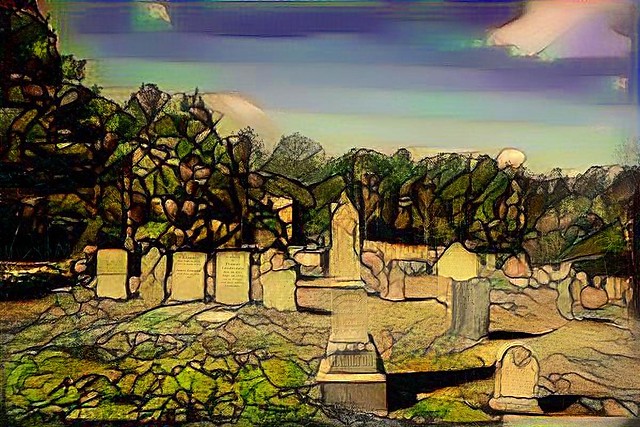
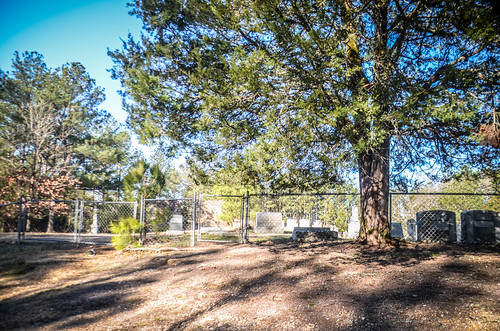
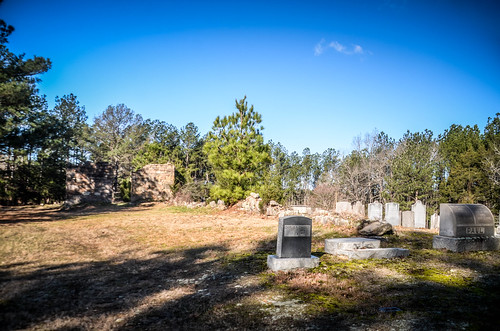
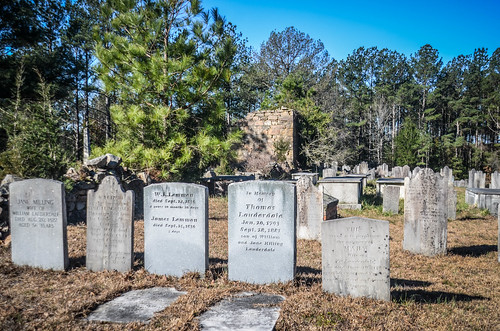
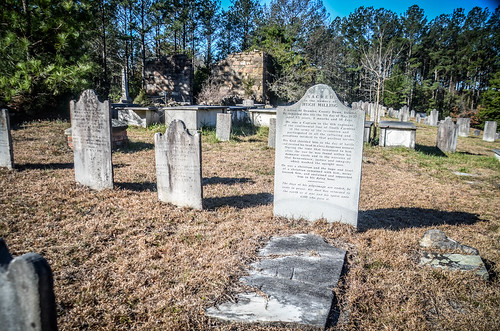
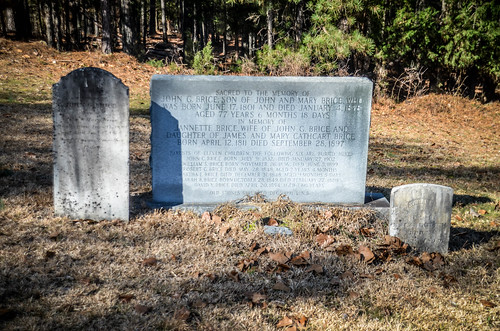
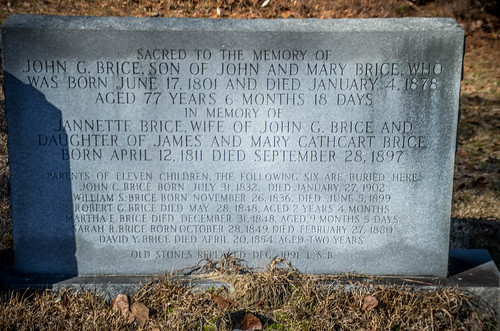
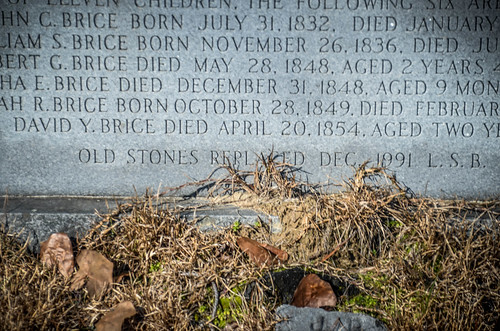
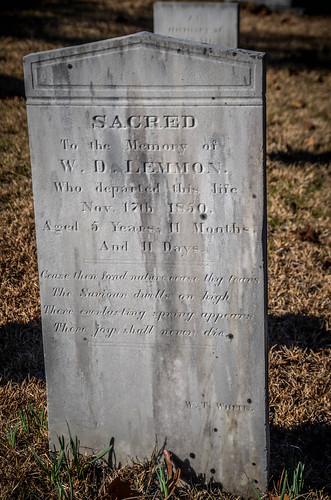
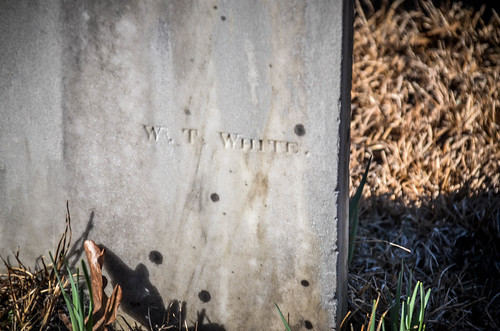
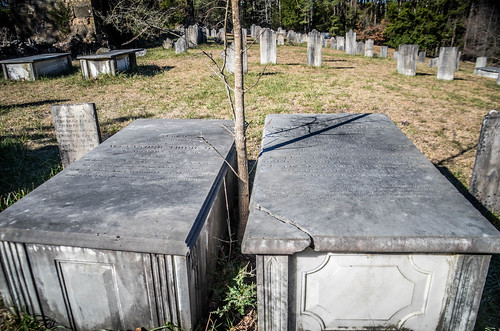
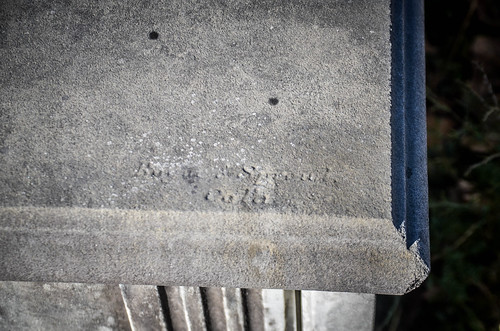
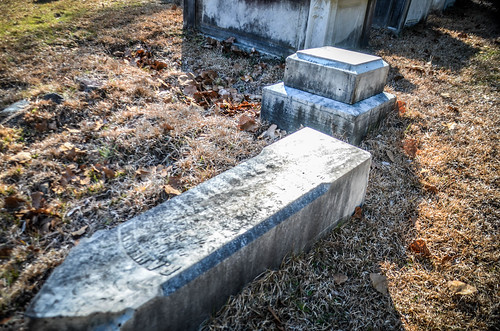
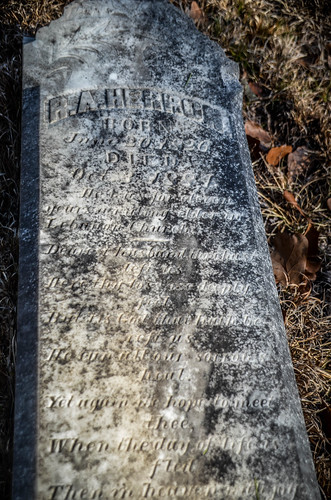
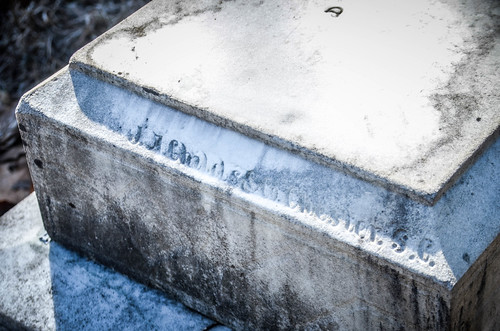
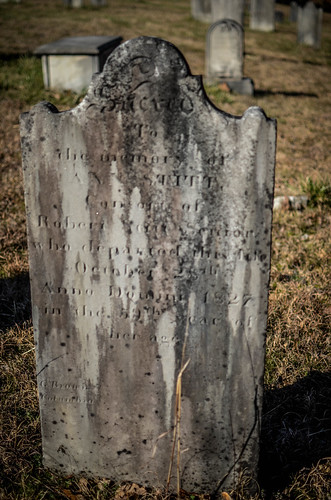

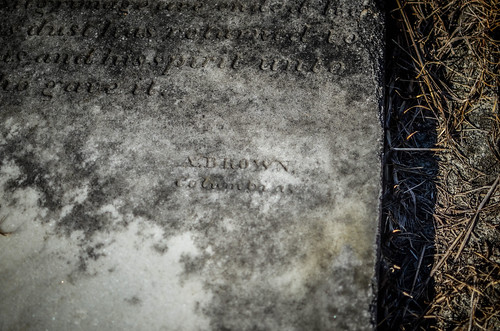
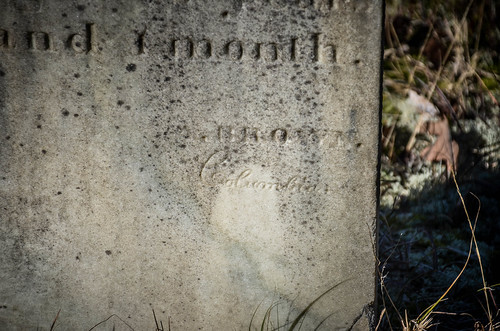
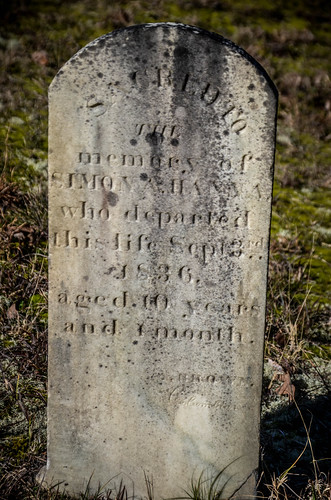

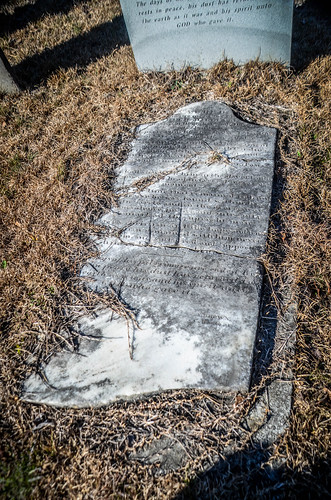
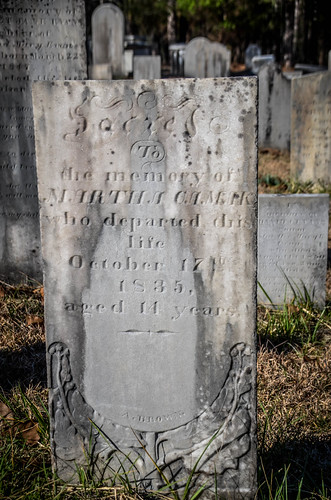
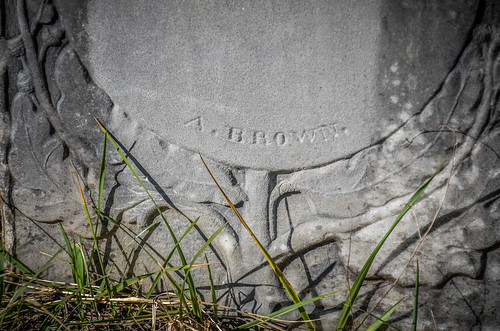
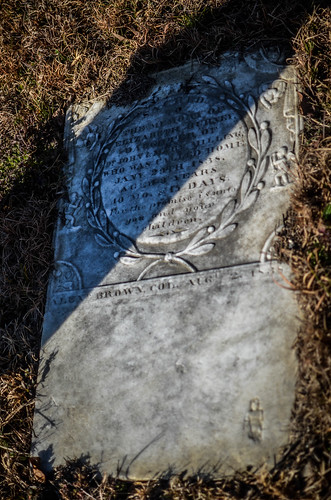
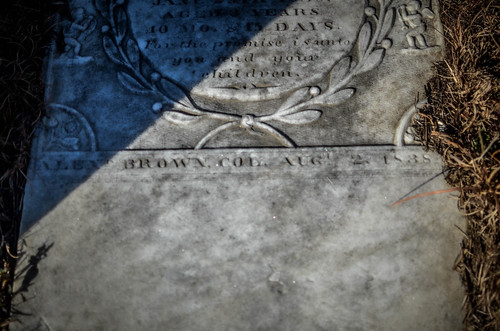
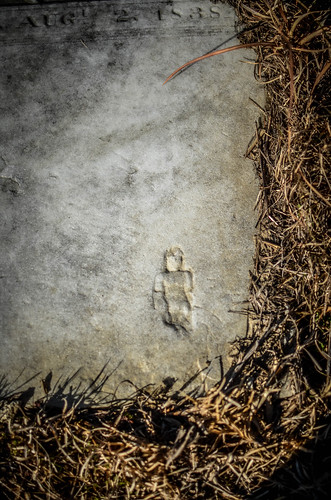
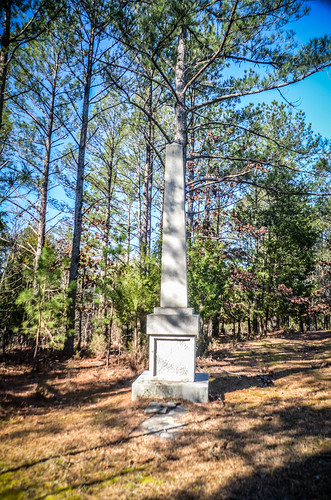
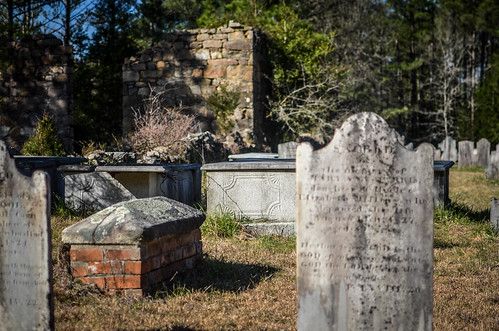
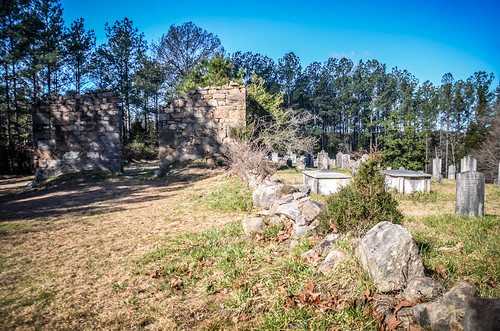
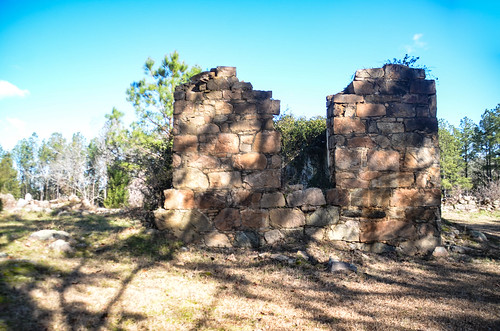
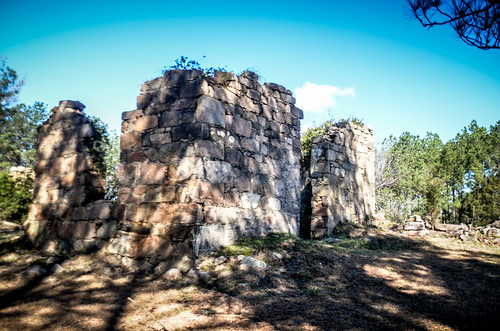
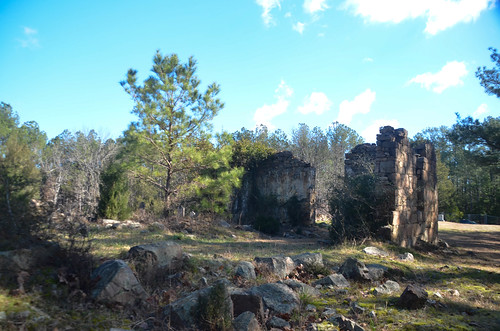
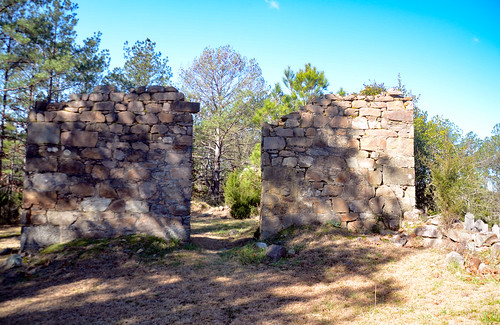
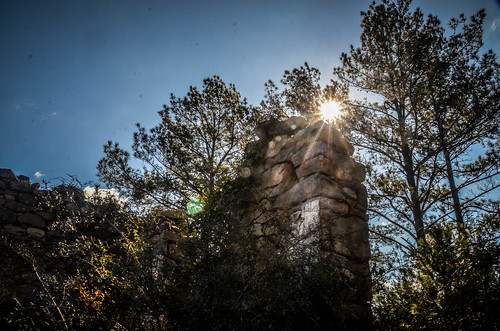
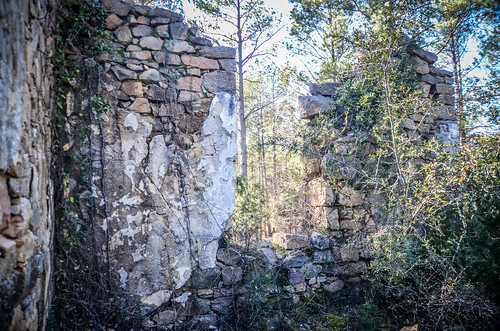
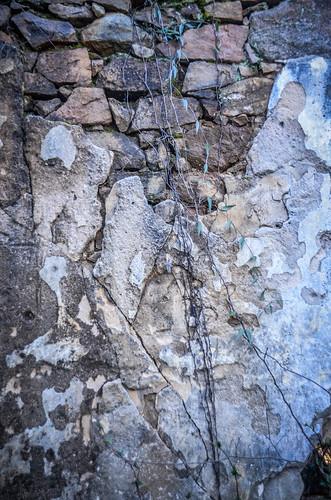
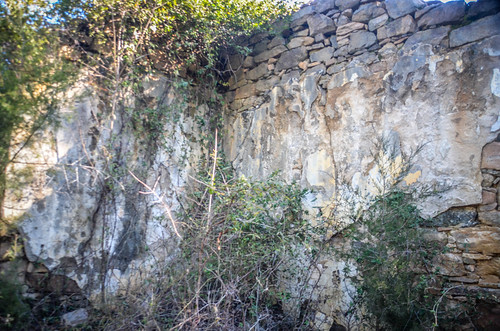
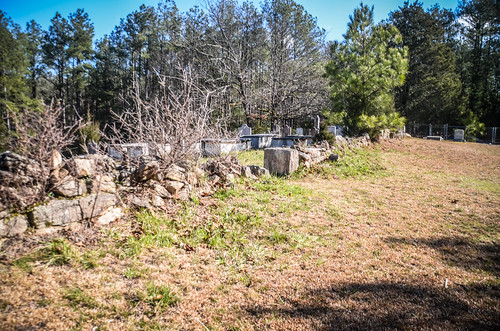
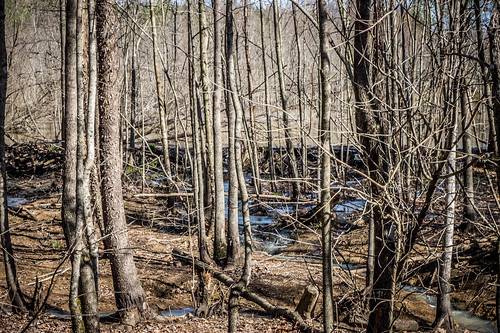
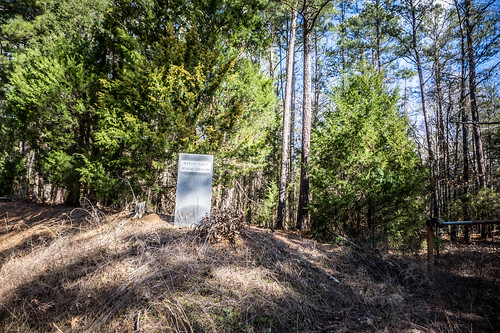
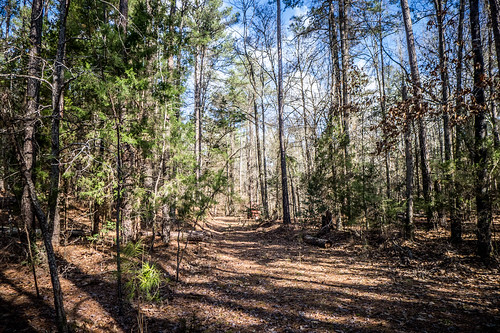
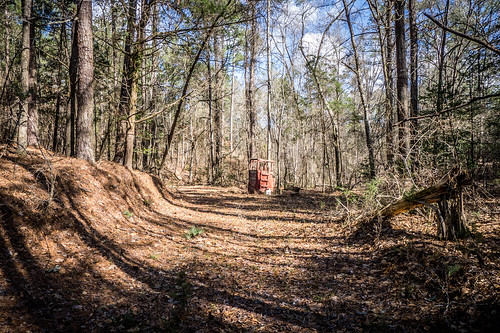
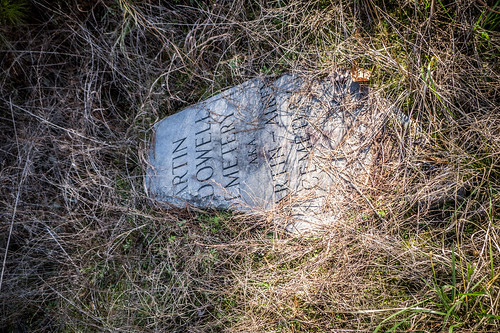
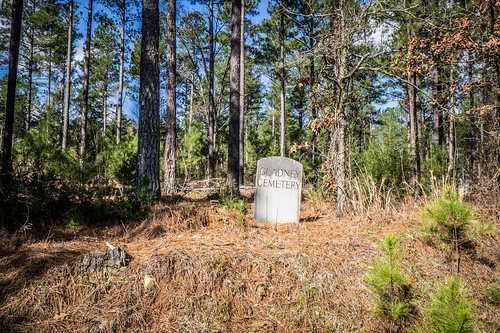
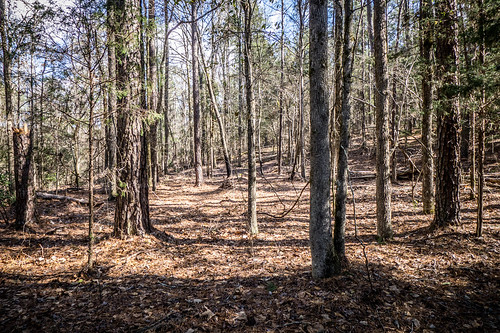
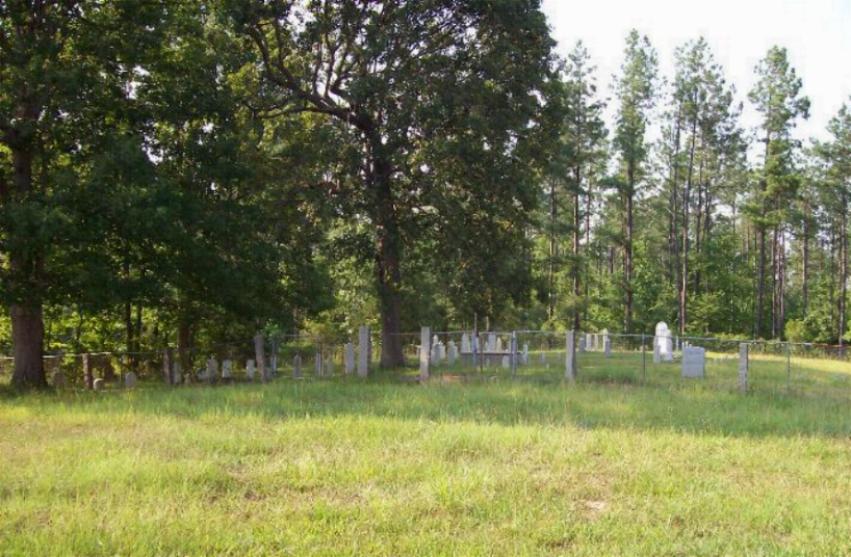
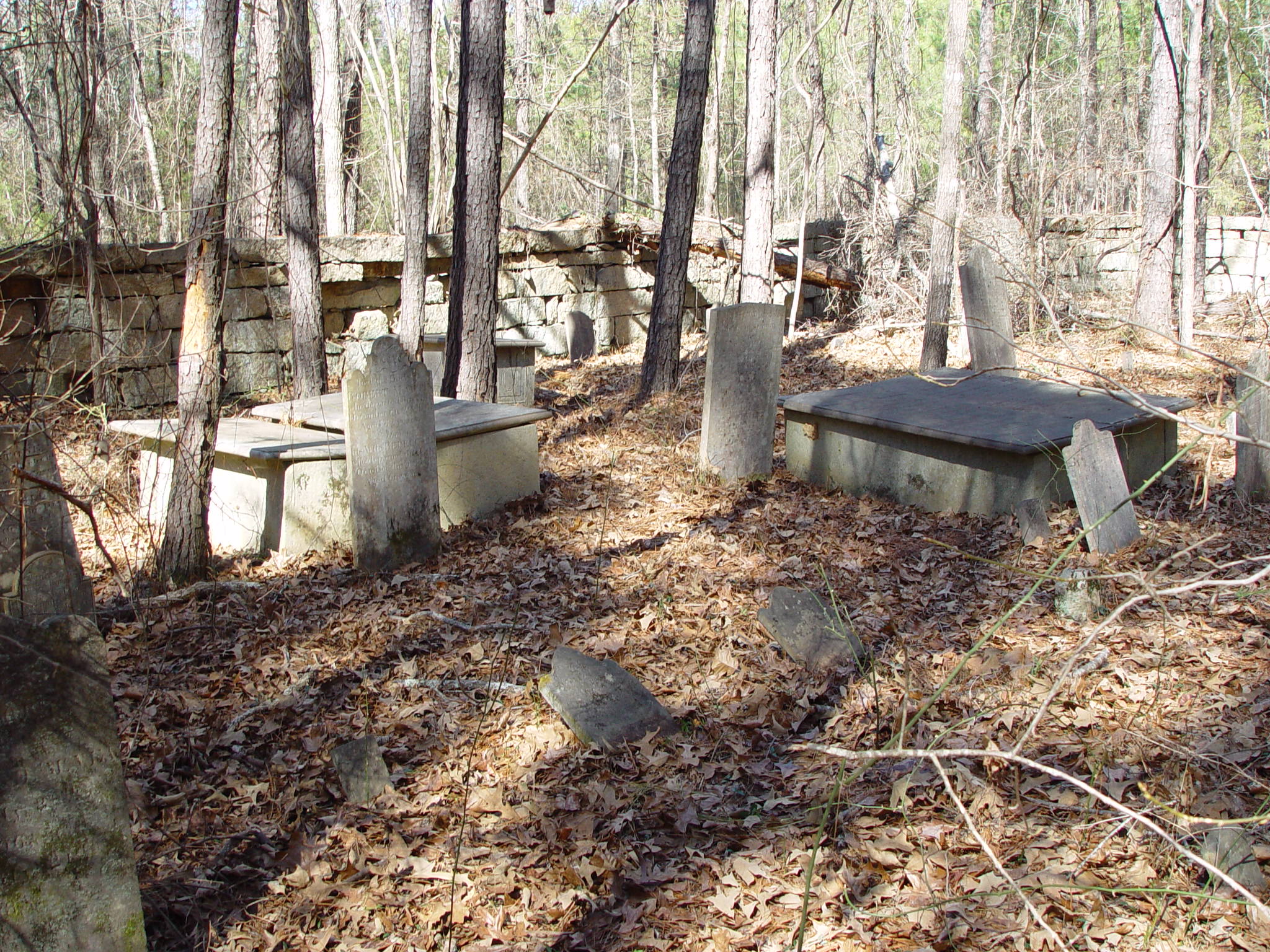
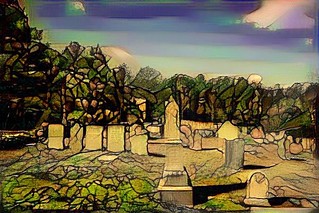
Those Aikens at Old Stone Church and Martin-Aiken are my people sure enough. I definitely want to visit and shoot them one of these days.
Great article. I’m happy to see that more people are spending time in these historic places.
Thank you for such a nice article and all the wonderful photos. I was hoping to find one for an ancestor of mine, but it doesn’t seem like this is the “Lebanon Church” that she attended. Enjoyed reading of your explorations, anyway!
Tom, thank you so much for this interesting article and the photographs of the Old Lebanon/Old Stone Church in Fairfield County, SC. I have many ancestors who once lived in Fairfield and Chester Counties, many of them from Scotland and Ireland. I can’t travel any more, so you have provided a wonderful glimpse back in time for me.
I found this on the Internet about the monument that you were unsure of. Says it was for a man who lost his life in the Mexican war.
https://rootsandrecall.com/fairfield-county/files/2013/03/1364996819binder1-1.pdf
Thanks Tom for taking me back to the Lebanon Church cemetery. My distant grandparent settled, lived and died in the Jackson Creek area. A long walk through the cemetery moved me to tears, Oh, to step back in time. What an unforgetable experience!
Thanks for the information on the Old Stone Church and cemetery. It appears a number of my family ancestors are buried there. Most of my ancestors are buried in the Concord Presbyterian Church cemetery and New Hope Presbyterian Church Cemetery in Fairfield County. The Brice’s came over from Northern Ireland in the early 1700’s. The Rev Edward Brice was born in Scotland and moved to Northern Ireland in 1613. He started the the Presbyterian Church in N Ireland. Most of his decedents stayed in Ireland and many immigrated to the states.
Is there any stone you are wanting to see specifically? I live off old Airport road and visit this cemetery often enough. I am related to almost everyone berries there lol! It’s a very quiet calm place.
Hello, my mother was a Tinkler. I know John and Martha are there and their children. Nancy Camak Tinkler Gladney is in the Gladney cemetery.
Any time you are there and want to send photographs, I would love to see them.
Feel free to contact me @ darnc7@gmail.com
Thank you.
It would be interesting to know how we could be related.
I know the Tinkler’s lived in Jackson’s Creek, not sure where.